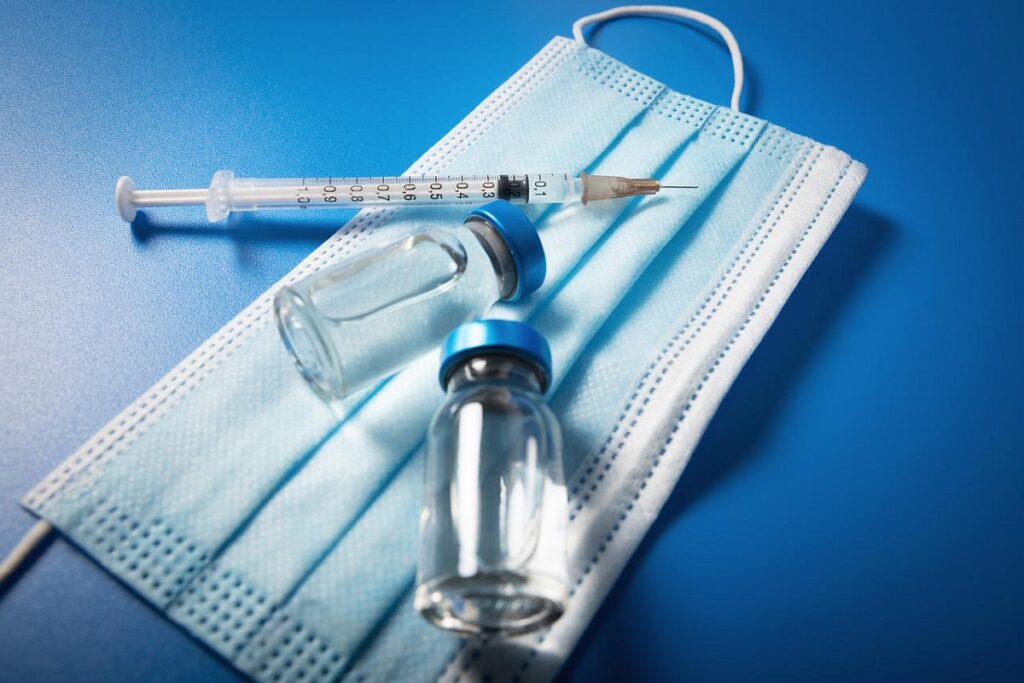Every 3 seconds, one person worldwide develops dementia. With an estimated 5.9 million Americans living with dementia today, and 44 million people living with dementia globally, it is expected that these numbers are likely to reach 13.8 million in the U.S. and 131.5 million worldwide by 2050.
The leaders at Phanes Biotech are working to reverse course on this intimidating diagnosis.
As part of Bio.News’ coverage of the National Institute of Health’s (NIH) Innovation Zone at the 2023 Biotechnology Innovation Organization (BIO) International Convention in Boston, we talked to Phanes Biotech about the groundbreaking work they’re doing around not only the treatment and prevention of Alzheimer’s disease, but also it’s reversal.
Bio.News: Neurodegenerative disease has been a tough problem to solve for a long time, how is Phanes Biotech’s approach different and how did it get started?
To date, the major approach to treating neurodegenerative diseases has been to inhibit one or more disease-associated pathologies, which assumes that starting the treatment at a very early stage will inhibit the disease. However, this approach will only slow down the rate of the disease-specific functional decline at best, not cure the disease. In contrast, Phanes Biotech’s approach is to inhibit the underlying pathology and promote neural regeneration in order to shift the balance from neurodegeneration to neuro-regeneration, and reverse lost functions. In the case of Alzheimer’s disease (AD)—the primary age-associated neurodegenerative disease resulting in dementia—inhibition of amyloid plaque pathology has been found to reduce the rate of cognitive decline by around 25% at best.
Phanes Biotech has two drug development platforms for the treatment of this disease:
- Tau immunotherapy with a monoclonal antibody to tau (PB43D), which can not only clear tau pathology (the density of which directly correlates with the degree of dementia), but also the second hallmark lesion (amyloid beta pathology); and
- Neural regeneration with P021 (a small peptidergic), which is an orally bioavailable compound that, by promoting neuroregeneration, can inhibit neurodegeneration, tau, and amyloid beta pathologies, and reverse cognitive impairment.
Phanes Biotech’s unique approach is the result of the pioneering studies of Dr. Khalid Iqbal, Phanes Chief Scientific Officer, who was the first person to bulk isolate the neurofibrillary tangles from autopsied AD brains and decode their protein composition in 1974 after the discovery of AD by Alois Alzheimer in 1907. In 1986 Dr. Iqbal’s lab demonstrated that the neurofibrillary tangle protein he discovered, and the microtubule-associated protein tau reported a year later, were one and the same and that tau in AD was abnormally hyperphosphorylated and polymerized as tangles. Instead of promoting, it inhibited the assembly of microtubules.
By 2005, based on studies from his own and other labs, Dr. Iqbal got the idea that inhibition of neurodegeneration by inhibiting AD pathology can inhibit the disease, but to cure it would also require rescue of neural connectivity. This led his research group to search for such a molecule. Based on the known neurotrophic activity in the proteolytic digest of the porcine brain and its use as an anti-dementia drug, Cerebrolysin (marketed by an Austrian pharmaceutical company employing antibodies from Dr. Iqbal’s lab), identified the biologically active region of a specific neurotrophic factor and developed P021 from it.
Bio.News: While the effects of Alzheimer’s disease are clear, the causes are often harder for families to understand. What is the role of Tau pathology in the development of neurodegenerative disease and how has your understanding of that pathology informed the uniqueness of the work you are doing now?
Tau protein serves as the railroad ties of the railroad tracks of the nerve cells which enables intracellular transport, which is a critical function for neural connectivity and thus cognition and function. In AD, this protein is modified by its hyperphosphorylation and not only loses its critical function to maintain the intracellular railroad tracks (thus transport and neural connectivity), it also aggregates itself.
The hyperphosphorylated tau protein aggregates cause seeding, leading to sequestration and aggregation of normal functional tau. Further aggregation forms polymerized filamentous clumps (neurofibrillary tangles), which further worsens the nerve cell activity that eventually leads to progressive loss of neural connectivity and nerve cell death.
Bio.News: How has the use of tau antibody, PB43D, over traditional immunotherapy changed the game when it comes to treating neurodegenerative disease?
Several tau antibodies are known to inhibit tau pathology, but, to date, PB43D is the only antibody which has been shown that can inhibit not only tau, but also the second hallmark lesion of AD, the amyloid pathology. PB43D can also rescue cognitive impairment. Furthermore, PB43D is unique in that it can inhibit the seeding and the spread of tau pathology induced by AD hyperphosphorylated tau in vivo. Unlike tau antibodies that have been, and are under development in the field, PB43D is highly potent and its therapeutic dose is only a small fraction of those used by other companies.
Bio.News: How is the future of your work developing? What more is there to do and understand?
We have humanized PB43D, and the next stage is the development of a GMP-stable cell line. This involves scaling up the production of the antibody and the CMC and IND enabling studies, which will be followed up by human clinical trials in AD, and related disease patients, followed by eventual commercialization.
We have already carried out successful manufacture of three batches of multi-gram amounts of P021, its off-target effects, and acute toxicology studies. We have found that P021 is very safe, even up to 550-fold the therapeutic dose, and has no off-target activity. We are now ready for multi-Kg manufacture of the compound and carrying out CMC (Chemistry, Manufacturing, and Controls) and IND (Investigational New Drug)-enabling studies, which will be followed by human clinical trials first in AD, and then in other neurodegenerative diseases and developmental disabilities.



